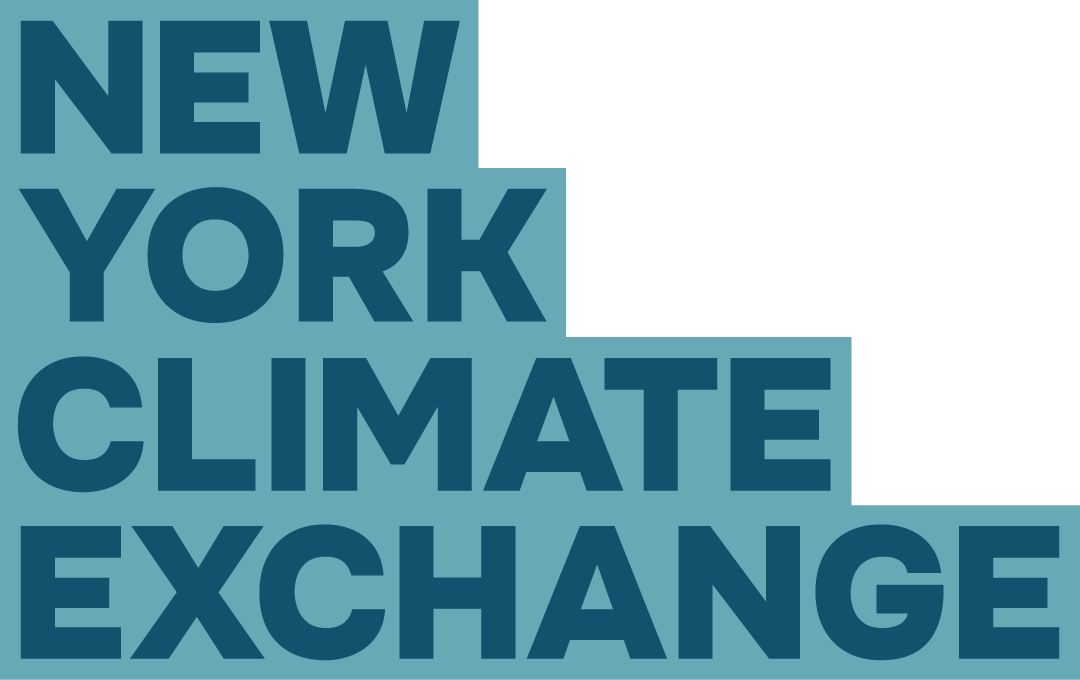Empowering Climate Practitioners To Use AI
Since The Exchange was launched, our partners have asked us the question: how can we apply AI to advance climate solutions? The excitement is understandable – AI is rapidly transforming ways of working across industries. Because climate change is a complex problem that affects many different sectors and systems, AI is well-suited to help, both with in-depth analyses and to advance solutions that address a range of impacts on society.
Across two Ideas Labs and many 1-1 conversations, experts across our network, especially our research and corporate partners, have shared how they are developing AI approaches that were unimaginable just a few years ago, from assessing the carbon sequestration potential of a forest, to safely disassembling EV batteries. As forward-looking as they are, we found ourselves wondering: where are these solutions being applied? How are they responding to climate change today? Beyond the researchers and tech developers, who are the practitioners – the government decision-makers, physical infrastructure developers, service providers, non-tech businesses, or community organizations – who can use these tools? And, why aren’t they part of the conversation?
To further explore how we might take a more user-centered approach to AI for climate, we convened a small group of experts who are already exploring ways to bridge the divide between AI development and users across disciplines. At a roundtable discussion at our office earlier this month, we exchanged thoughts on compelling use cases for AI related to climate today, and the barriers keeping practitioners from using AI more effectively. Some key themes that emerged included:
With so much attention on GPTs and other large-language models (LLMs), how might we advance use cases for these tools to improve workflows and free up valuable staff time, while mitigating substantial flaws and risks related to accuracy, bias, and data privacy to name a few?
Not all AI tools serve the same purpose. How can we help users identify challenges and match them with models? How might we share methodologies among users to reduce duplicate efforts on shared problems, like flood mitigation?
Technology is never a silver bullet – real solutions come down to people. How can we better understand what users need from the beginning? How can we meet practitioners where they are?
How might we support greater coordination and collaboration with key stakeholders throughout the lifecycle of a problem — from innovation to deployment?
If the industry is moving towards domain-specific models that support decision-making, how can we leverage this shift to advance better solutions to climate change?
We discussed the very real reasons that non-tech practitioners and technology experts mistrust AI – from its excessive energy and water footprint, to the black box nature of many models, to the harms that result from data bias, misinformation, and hallucinations. It is critical that we work with AI developers, policy leaders, and communities to address these harms.
We are excited to explore how we might answer some of these questions, and invite you to reach out to me, Andel Koester, with your thoughts and ideas.
